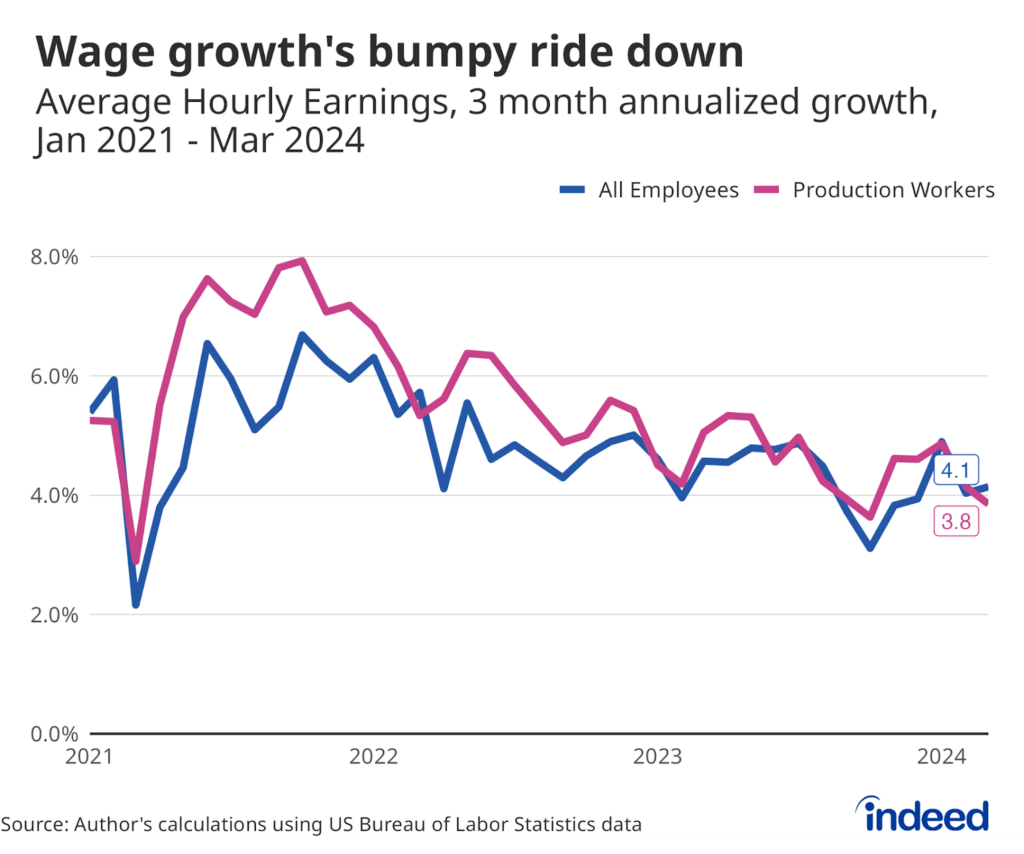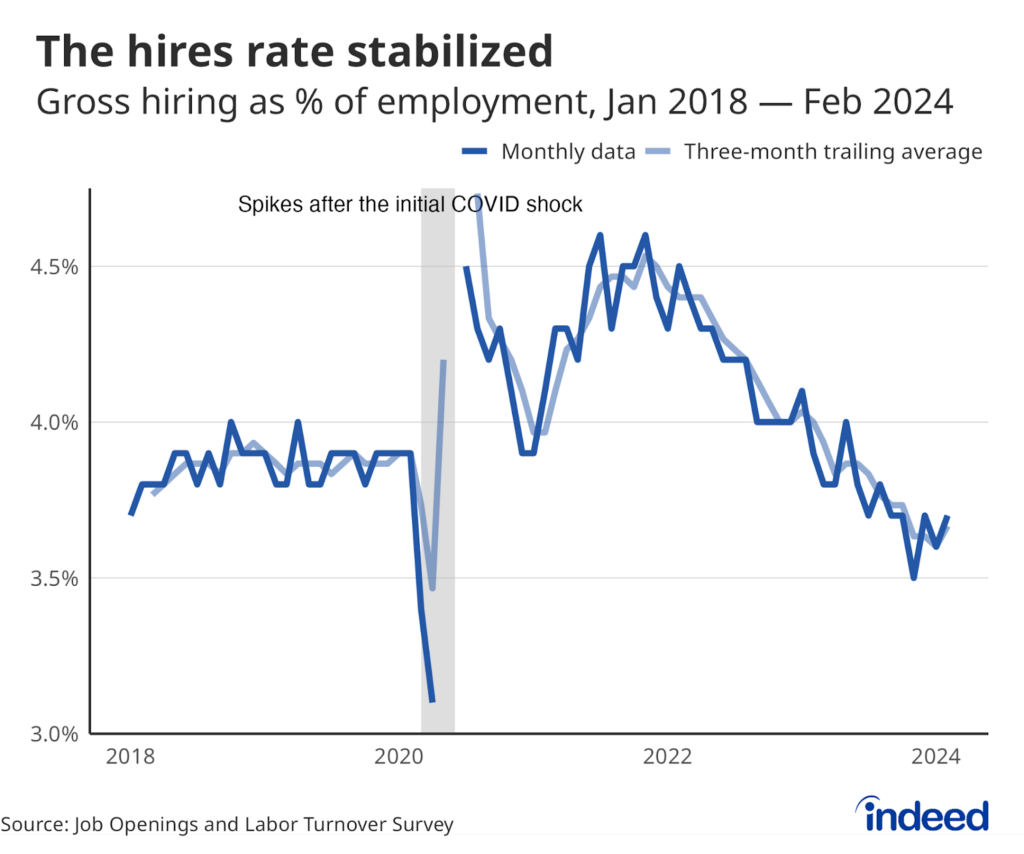Key Points
- The share of the population actively looking for paid work rose two percentage points from the previous month according to the November 2021 edition of the Indeed Job Search Survey.
- That increase was due to a big jump in job search among the jobless. Active job search for this group is now at its highest level since we started the survey in June, possibly because of a decline in COVID19 concerns and continued strong demand for workers.
- The reasons for a lack of urgency among the unemployed remained varied, with the top reasons in October being employed partners, care responsibilities, COVID fears, and financial cushions.
Job search rose from a month earlier, according to the November edition of the Indeed Hiring Lab Job Search Survey.
The November survey found 29.1% of respondents actively looking for paid employment, up two percentage points from 27.1% in October. This share is up from its June level of 24.4%.
Active job search among the jobless spikes
The rise in total job search was driven by a large jump among the jobless. The rate of active job search among those out of work rose by 6.5 percentage points from October. This jump more than fully offsets the decline of 3.8 percentage points from September to October. The exact reasons for the jump in job search among this group are uncertain, but a decline in COVID19 concerns and continued strong demand for workers are likely candidates.
Reasons for lack of urgent job search
A number of factors continue to hold back a sense of urgency among unemployed workers in November. The top reasons this month were employed partners, care responsibilities, and financial cushions.
The Indeed Hiring Lab polled 5,000 people in the US in mid-November, ages 18-64. The surveys have been conducted monthly since late May. The samples include individuals in and out of the labor force, and employed and jobless people.
The Hiring Lab will monitor this trend and others in future installments of the Job Search Survey.
Methodology
This blog post is based on four online surveys of 5,000 US adults ages 18-64. The first survey was conducted May 26-June 3, the second July 12-20, and the third August 10-18, the fourth from September 13 – 29 and fifth from October 11-20 and the most recent from November 8 – 18. Weights were applied to each survey to match respondent distributions across age, educational attainment, race/ethnicity, and sex with the 2020 Current Population Survey’s Annual Social and Economic Supplement.
Statistically significant differences between the surveys depend upon the exact question and the specific survey wave. For example, between the November and October surveys, a difference of at least 1.3 percentage points is required for a change in the share of the population that is actively and urgently searching to be statistically significant at the 5% level. A change in the share of jobless people actively looking for paid work between the October and November surveys would have to be at least 3.2 percentage points to be statistically significant at that same level.






